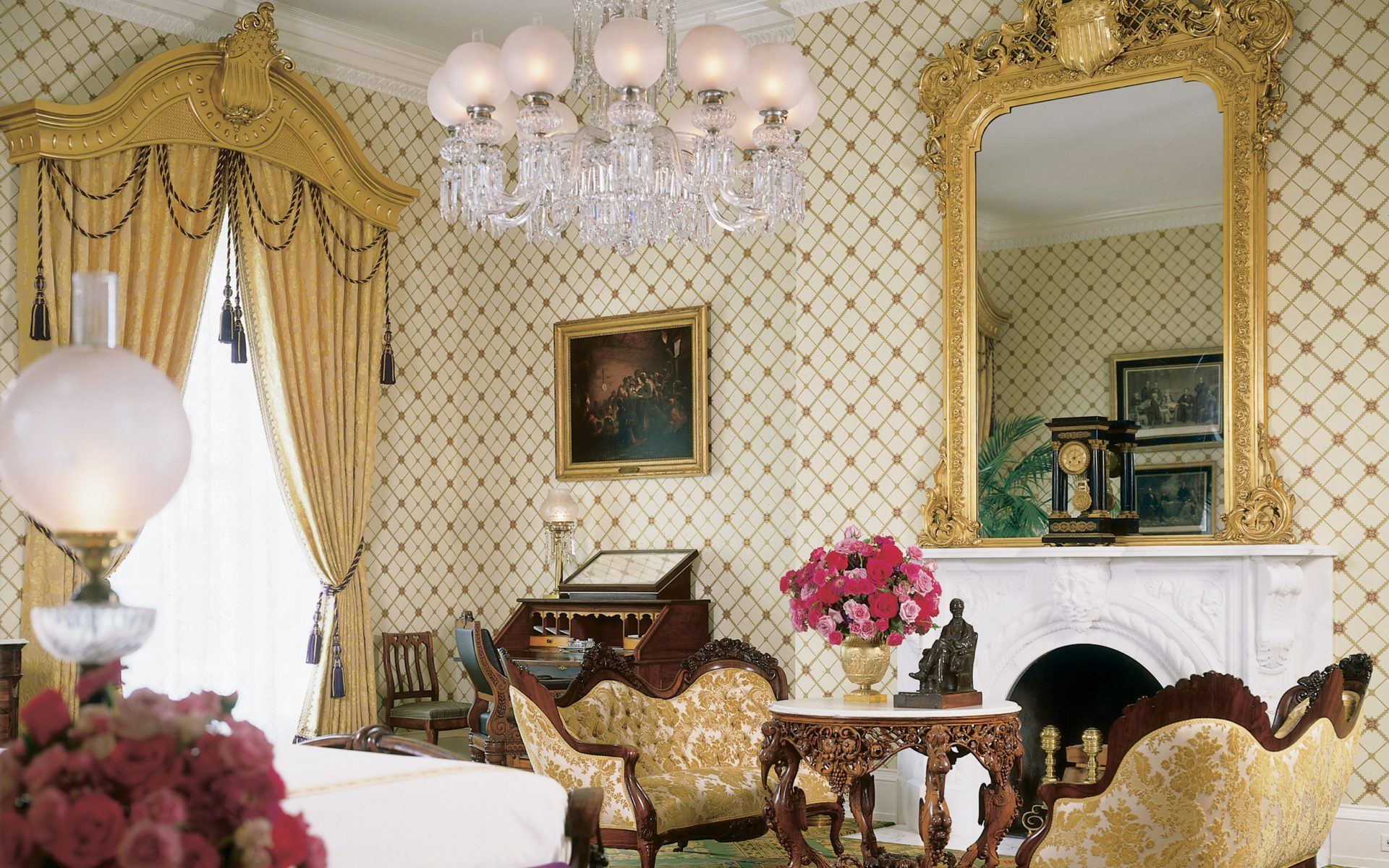The History and Significance of Marian Robinson’s Residence in the White House: Marian Robinson White House Bedroom

The presence of family members in the White House is a long-standing tradition, dating back to the early days of the nation. However, Marian Robinson’s residence during Barack Obama’s presidency marked a significant departure from previous norms, raising questions about the role of family in the White House and the unique dynamics of having a grandmother living in the most famous address in the world.
Marian Robinson’s Role in Barack Obama’s Life and Her Impact on His Presidency
Marian Robinson, Barack Obama’s mother-in-law, played a pivotal role in his life and, by extension, in his presidency. She was a constant presence in his childhood, providing a stable and loving environment during his formative years. Her influence extended beyond the personal sphere, as she instilled in him a strong sense of community and social justice. While her presence in the White House was not without controversy, it was widely seen as a positive force, offering a grounding presence for the president and a comforting influence on his daughters.
The Impact of Marian Robinson’s Presence on White House Life

Marian Robinson, Barack Obama’s mother-in-law, took on a unique role in the White House, becoming a constant presence in the President’s life and shaping the atmosphere of the executive residence. Her influence extended beyond her familial ties, impacting both the Obama family dynamic and the broader White House environment.
The Daily Life of Marian Robinson in the White House
Marian Robinson’s daily life in the White House was a blend of tradition and modernity. She maintained a regular routine, often waking up early to exercise and preparing breakfast for her grandchildren. She also actively engaged with the White House staff, fostering a warm and welcoming atmosphere. Visitors often found her approachable and engaging, making her a beloved figure among those who interacted with her. Her presence brought a sense of normalcy and familiarity to the often-chaotic world of the White House, providing a grounding presence for the Obama family.
The Impact of Marian Robinson’s Presence on the White House Atmosphere
Marian Robinson’s presence in the White House had a profound impact on the atmosphere of the executive residence. Her warmth and approachability created a more relaxed and family-oriented environment, a stark contrast to the formality often associated with the White House. Her presence also fostered a sense of stability and continuity, particularly for the Obama children, who were able to experience a familiar and loving presence amidst the whirlwind of their father’s presidency.
Challenges and Opportunities of Having a Family Member Living in the White House
Having a family member living in the White House presented both challenges and opportunities for the President and his family. The constant presence of a family member could potentially lead to conflicts or disagreements, especially in the context of the high-pressure environment of the White House. However, it also provided the President with a source of unconditional support and a sense of normalcy amidst the demands of his office. For the family, it meant having a loved one nearby, providing a sense of comfort and stability.
Public Perception and Media Coverage of Marian Robinson’s Residence

Marian Robinson’s presence in the White House as Barack Obama’s mother-in-law was a unique and often discussed aspect of the Obama presidency. While she was initially portrayed as a supportive and loving grandmother, the media coverage of her residency evolved over time, reflecting both positive and negative perceptions.
The Initial Portrayal of Marian Robinson, Marian robinson white house bedroom
The early media coverage of Marian Robinson was generally positive, focusing on her role as a grandmother to Malia and Sasha Obama and her close relationship with her daughter, Michelle Obama. She was often depicted as a stabilizing force in the White House, providing a sense of normalcy and family life amidst the whirlwind of the presidency. Articles and news segments frequently highlighted her love for her grandchildren, her dedication to her family, and her quiet, unassuming nature.
Shifting Perceptions and Media Coverage
As the Obama presidency progressed, the media coverage of Marian Robinson began to shift. Some media outlets began to portray her as a controversial figure, focusing on her personal life and her potential influence on the administration. Speculation arose regarding her role in White House affairs, and some commentators questioned the propriety of her living in the White House.
“The presence of a non-elected family member in the White House, even in a purely personal capacity, is always going to be a subject of public interest and scrutiny.” – Political Analyst, 2010
This shift in media coverage was partly driven by the increasing scrutiny of the Obama administration, as well as the growing awareness of the unique circumstances surrounding Marian Robinson’s residency. The media’s focus on her personal life and potential influence on the administration led to a more critical and sometimes negative portrayal of her.
Comparison with Other Family Members
It’s important to compare the media coverage of Marian Robinson with that of other family members residing in the White House. While other first ladies and their families have also been subject to public scrutiny, Marian Robinson’s situation was unique due to her status as a non-elected family member living in the White House.
- Unlike first ladies, who often take on public roles and are actively involved in political and social issues, Marian Robinson maintained a low profile, choosing to focus on her family and personal life. This, in turn, led to increased speculation and scrutiny regarding her role and influence.
- In contrast to other family members who may have resided in the White House, Marian Robinson’s presence was not as widely accepted or celebrated. This may be attributed to her lack of an official role or public persona, which made her a more ambiguous figure in the public eye.
